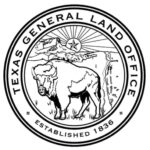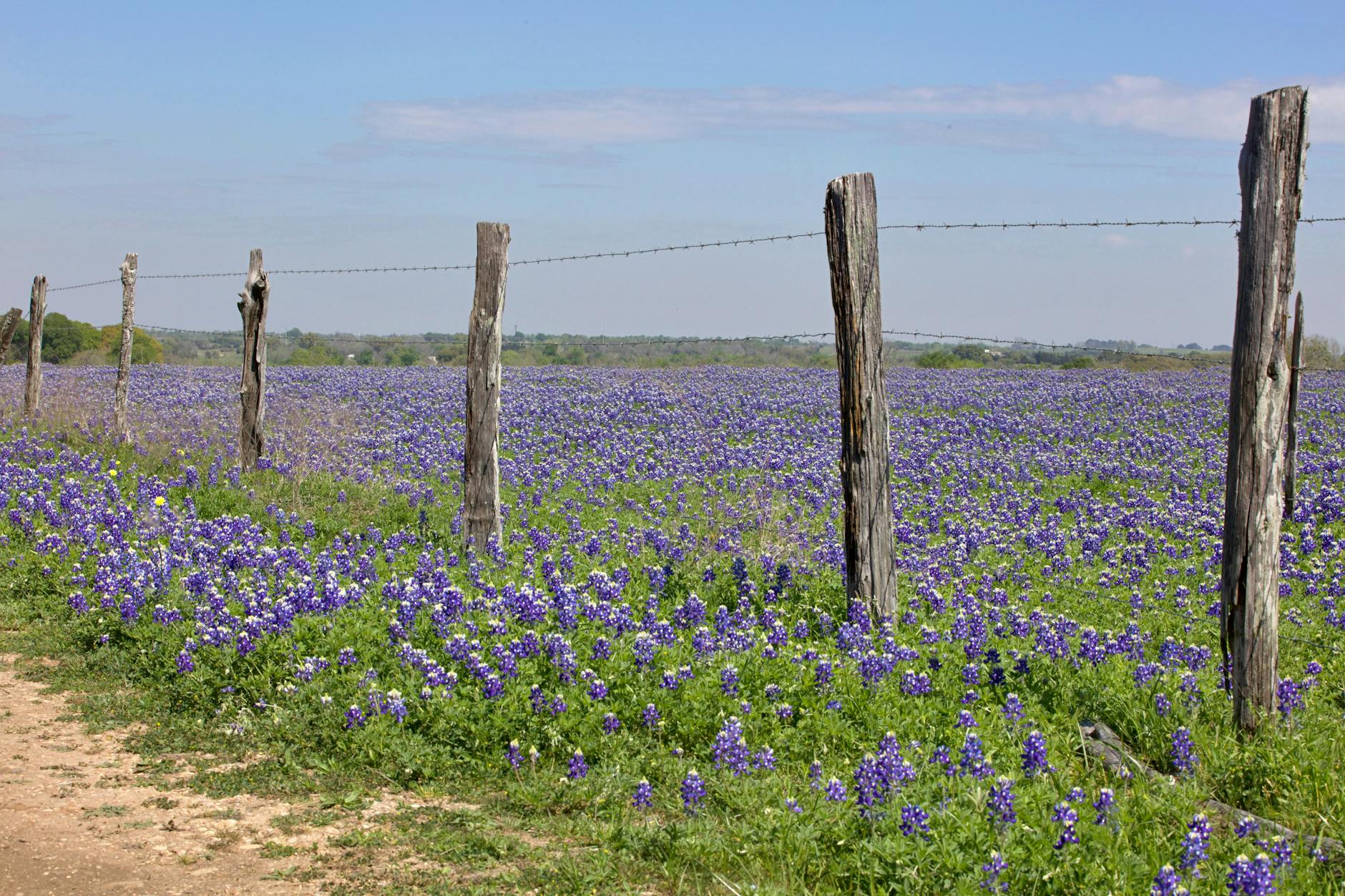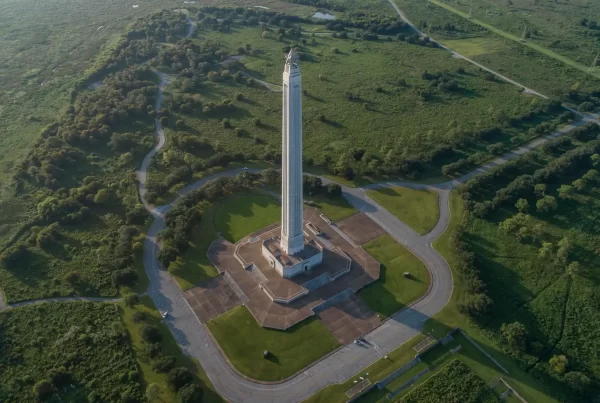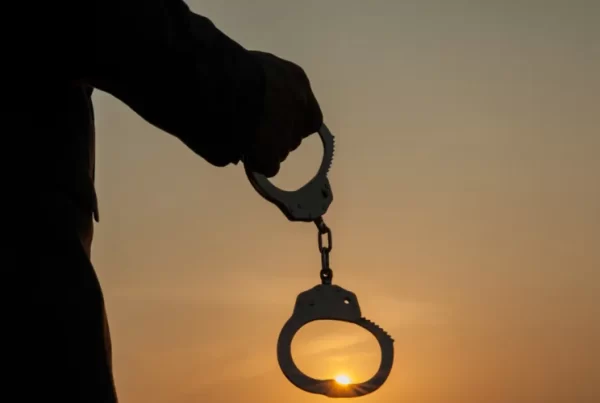The Texas General Land Office (GLO) is a state agency responsible for managing 13 million acres of land owned by the State of Texas. Established in 1836, the GLO is the oldest state agency still in operation. Its core responsibilities include overseeing mineral rights, maintaining land grant records, administering public lands, supporting public education funding, managing disaster recovery efforts, and managing The Alamo, the historic battle site in San Antonio.

Land Commissioner
The GLO is headed by the Texas Land Commissioner, an independently elected official who serves a four-year term. The Land Commissioner is part of the state’s plural executive branch, meaning the commissioner is accountable directly to the voters and not to the governor. This system reflects Texas’ constitutional commitment to dispersing executive authority.
As of 2025, the Land Commissioner is Dawn Buckingham, a former state senator and the first woman elected to the position in Texas history.
Budget and Personnel
In fiscal year 2025, the Texas General Land Office (GLO) operated with a budget of approximately $1 billion and had authorization for 870.5 full-time equivalent positions. A significant portion of this funding was allocated to federally supported programs, including disaster recovery and coastal management initiatives. For instance, the agency managed substantial federal grants aimed at housing redevelopment and infrastructure improvements in areas affected by natural disasters.
Management of Public Lands
The GLO plays a central role in managing the state’s mineral estate and other land-based assets. It leases public lands for various uses—including oil and gas exploration, wind and solar energy, geothermal development, and agricultural production.
The proceeds from these leases are deposited into the Permanent School Fund (PSF), a constitutionally protected fund that supports public education across Texas. This function makes the GLO one of the largest public land and mineral managers in the nation.
Veterans Land Board
The Texas Veterans Land Board (VLB) operates under the leadership of the Land Commissioner. Established in 1946 to assist returning World War II veterans in acquiring land, the VLB now oversees veterans’ housing assistance programs, including low-interest loans, state-run veterans homes, and Texas State Veterans Cemeteries. These programs aim to honor veterans through practical support and long-term care.
Role in Disaster Recovery
Since 2011, the GLO has increasingly taken on a leadership role in disaster recovery and resilience, particularly in the aftermath of hurricanes and other natural disasters. Acting as the state’s primary administrator of federal disaster relief grants—including those from HUD and FEMA—the agency has overseen billions in housing and infrastructure recovery.
The GLO’s Community Development and Revitalization (CDR) division manages large-scale grant programs for:
- Rebuilding and rehabilitating homes
- Providing buyouts and acquisitions for flood-prone properties
- Improving critical infrastructure, such as drainage systems and roadways
These efforts make the GLO a key player in Texas’ long-term disaster planning and emergency management strategy.
The Alamo
The Alamo, originally an 18th-century Spanish mission, was the site of a pivotal 1836 battle in the Texas Revolution, during which all of the roughly 200 defenders perished in an assault by the Mexican Army. Today, it serves as a museum, attracting millions of visitors annually.

In 2011, the Texas Legislature transferred control of the Alamo from the Daughters of the Republic of Texas to the GLO, recognizing the need for long-term professional stewardship of the state’s most iconic historical site. The GLO continues to oversee preservation and redevelopment efforts in partnership with the City of San Antonio and historical organizations.
Agency History
Texas has a unique history when it comes to land ownership. As an independent republic before joining the United States in 1845, Texas retained its public lands upon annexation—unlike most other states, where federal lands were carved from the original territory. As a result, the state of Texas, not the federal government, owns the majority of its public lands.
The General Land Office was established by the Republic’s Congress in December 1836, just months after Texas declared its independence from Mexico. Since then, the GLO has played a central role in surveying, mapping, and managing Texas land holdings, issuing deeds and patents, and maintaining a historical land grant archive dating back to Spanish and Mexican rule.
The General Land Office continues to manage Texas’s public lands and mineral rights while overseeing programs for veterans, disaster recovery, and historical preservation.



